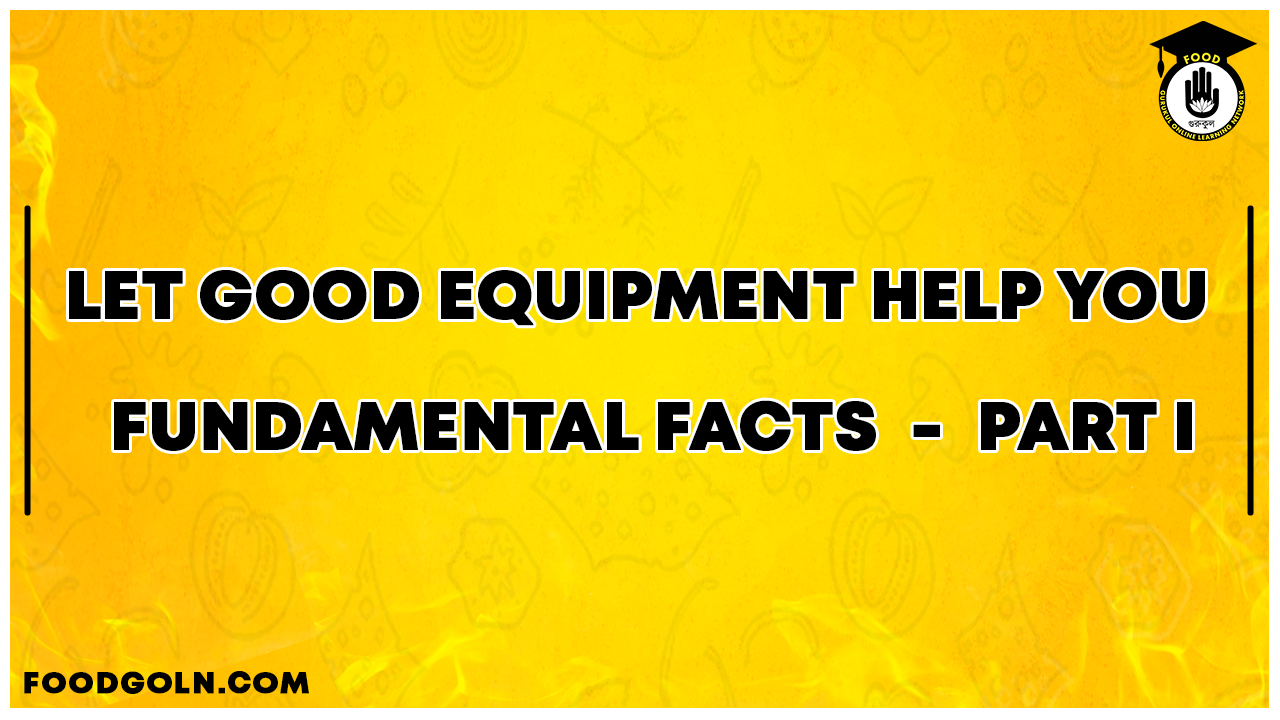Let Good Equipment Help You
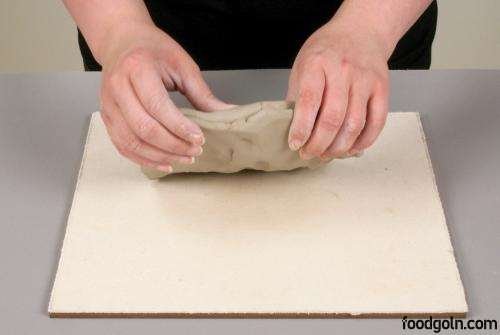
Table of Contents
Let Good Equipment Help You – FUNDAMENTAL FACTS – PART I
The right kind of equipment will help you do the whole process of bread-making more efficiently. You can make good bread without all of the things listed below. Some of them may seem non-essential, but they do make the job much easier and the results more satisfying.
Here are some of the things you will want to have ready before you start your bread-making:
Measuring Cups
Set of four, standard sizes to measure one-fourth, one-third, one-half, and one cup.
One pint measure.
One quart measure.
Cups made for measuring dry ingredients have the cup or pint or quart line at the top edge. This makes level measurements possible.
Cups for measuring liquids have the one cup, pint, or quart line about ½ inch below the top of the cup. Leveling Flow with Spatula Using Standard
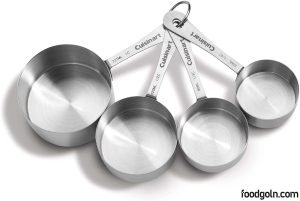
Measuring Spoons
Set of four standard sizes to measure one-fourth teaspoon, one-half teaspoon, one teaspoon, and one
tablespoon.
Spatula or straight edge knife for leveling. Flour Sifter. Pans or bowls to use while sifting and measuring flour.
Large spoon or scoop to lift flour lightly into a measuring cup.
Double boiler or saucepan for scalding milk.
Small bowl for softening yeast.
Small pan for softening shortening.
Dairy or bread thermometer to insure correct temperature at every stage.
Large bowl for mixing dough.
Large bowl or straight-sided crock to hold the fermenting dough.
An earthenware bowl or crock keeps the temperature nearly constant than does the metal containers. It is easier to judge the volume increase of the dough in a straight-sided container than it is in a rounding bowl.
Wooden spoon for mixing dough.
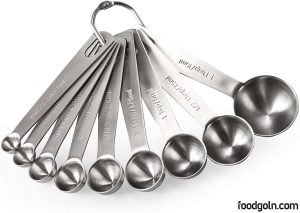
Plastic or rubber scraper to clean dough from the bowl.
Two pastry brushes. Use one for oiling the bread bowls or crock, and the baking pans. Use the other for brushing milk over the molded rolls before putting various toppings over them.
Use it also to brush the top of the bread with milk just before it finishes baking.
Plastic bowl covers to keep the rising dough from drying on top.
Canvas-covered kneading board (description on page 4).
Thin cloths dampen and cover the rising dough to prevent drying.
Plastic ruler to measure volume increase in the dough.
Sharp knife and kitchen shears for cutting dough at molding time.
Standard size load pans (described below).
Muffin tins, baking sheets, 9-inch round pans, or 8-inch square pans for baking fancy rolls and bread.
Rolling pin covered with child’s size 5 stocking, to roll out soft dough without sticking.
Eggbeater
Wire cooling racks
Timer or alarm clock
Cardboard rising gauge to tell when the dough in the pans is ready for the oven.
Pad and pencil to help with the timing of dough.
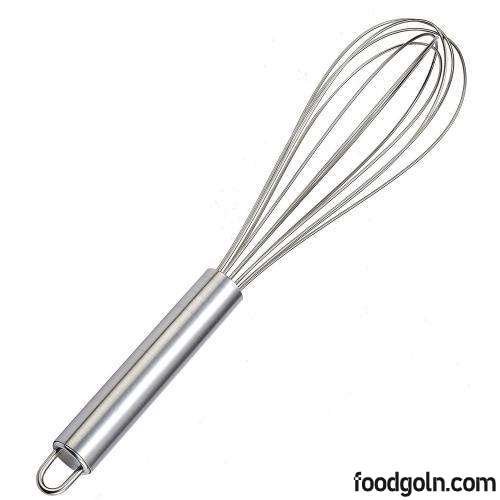
USE STANDARD-SIZE BAKING PANS
Use individual loaf pans for baking loaves of bread. Your bread will bake more evenly. It will have a much better shape than when two or more loaves are baked on one pan.
Standard size bread pans measure 71⁄2 inches long and 31⁄2 inches wide on the bottom. They are 23⁄4 inches deep. This standard size may be stamped with No. 7 or No. 11. Different manufacturers have different numbers for the same size pan.
The standard size loaf pans are available in aluminum, tin, and glass.
Those made of tin need tempering before they are used. Shiny tin pans will prevent the bread from browning. Temper the pans by putting them into a cold oven and heating it to 450° F.
Leave the pans in the oven until the oven cools. This tempering makes any tin pan dull and slightly darker so the bread will brown sufficiently. Cookie sheets or cake pans made of tin also need tempering.
Glass baking dishes permit slightly faster baking. Set your oven 25 degrees lower for bread baked in glass loaf pans than for that baked in metal pans.
The bread recipes in this bulletin are developed to give the amount of dough that is just right for baking a standard size loaf in a standard size pan.
This size pan will permit a well-shaped loaf that has a good “oven spring” and an evenly “shredded bread” at the sides. It gives a slice of bread that has about the same dimensions in both directions, and one which is just the right size for the electric toaster.
The baking time given with these recipes is based on a standard size loaf in a standard size pan.
If this standard amount of dough goes into a larger pan, it makes a poorly shaped loaf that is flat and squatty with no “oven spring” and no “break-in shred.” It cuts a slice of bread that is out of proportion.
If you use the larger pan and put more dough into it, you will still have a poorly shaped load of poor-quality bread. The larger pan is too wide to permit an evenly rounded dome on the top of the loaf. The spread is too great. The dough collapses in the middle.
There is a tendency to put the larger pan with more dough into the oven before the dough is light enough. This makes a loaf of heavy bread.
The baking time must be lengthened for the oversized loaves. These larger loaves make slices that are too large for the toaster.
Standard size pans are available in most places that sell kitchen equipment. They help so much in giving you a good, finished loaf of bread.
Standard size pans are found in stores that sell kitchen wares. They help you make a
well-shaped loaf of bread.
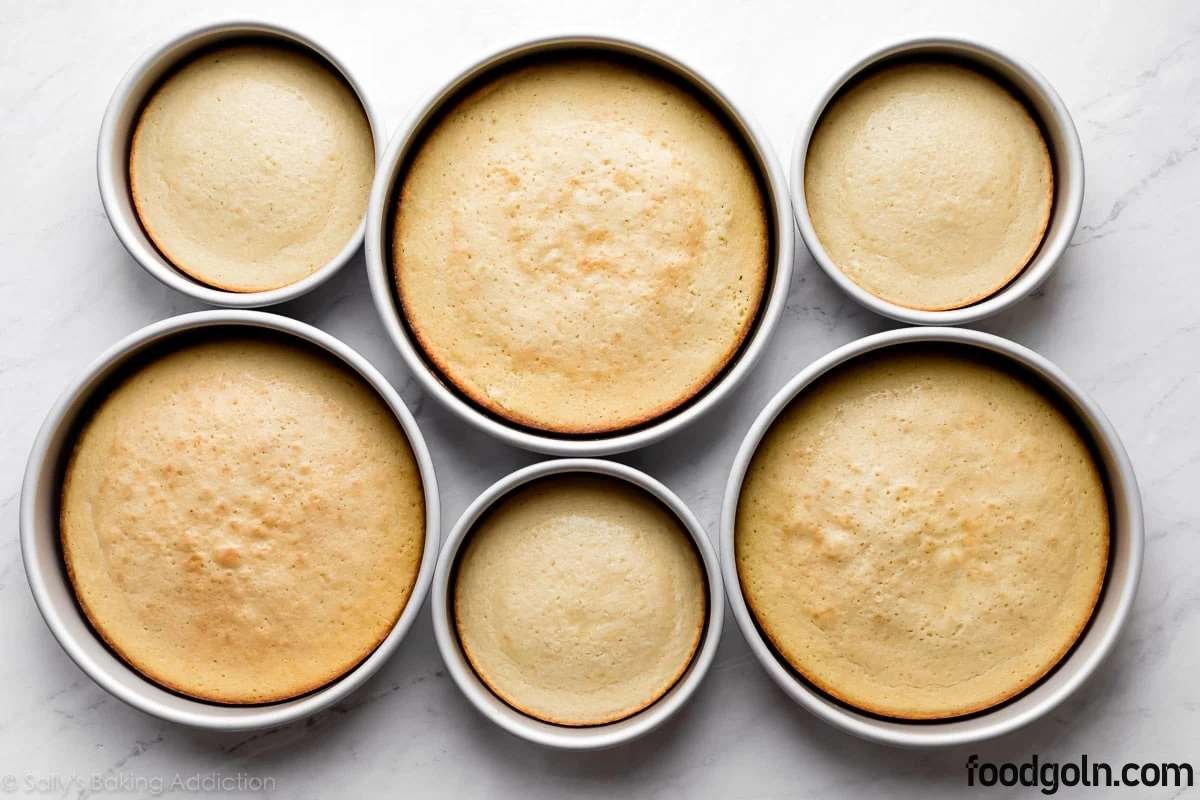
USE A CANVAS-COVERED KNEADING BOARD
You can handle a soft dough more easily, both in kneading and in molding the dough, if you use a canvas-covered board. The canvas makes it easier to work with a very soft dough without sticking.
A soft dough makes better bread and better rolls than a stiff one. A lightweight canvas, sewed up to cover both sides of the board, and just large enough to slip the board tightly inside, makes a firm kneading and molding surface.
The Board
A piece of plywood or masonite cut 2 feet square makes a good kneading board. This size is convenient to use for molding the long rolls of dough used in making some of the fancy bread.
You can use the smaller board from your kitchen cabinet. Make a lightweight canvas cover to fit whatever size board you will be using.
The Canvas
If you use a board 2 feet square, look for some lightweight canvas that is 29 or 30 inches wide. Buy 60 inches of it. Hem both ends of the canvas.
Then shrink it so it will not shrink after you stitch it to fit your board. Iron it while it is quite damp. Fold the canvas with the two hemmed ends together.
Put the board between the two layers of canvas. Pin the sides to fit the board. Stitch along the pin lines so the board will slide in and out easily but still keep the canvas tight.
Then stitch along the outside edge of the salvage. This gives about 2 inches of canvas on two edges of the board.
When you are ready to use the board, put it inside the canvas. Use three or four large safety pins to hold the open ends very tightly together so the canvas will not wrinkle while you knead the dough.
Take the canvas off the board when you finish molding the loaves or rolls.
Fold it with the used side in. Slip it into a plastic bag and keep it in your refrigerator until your next baking day. You can use the canvas several times between launderings if you keep it cool.

Read more:
